1. X-Ray Glasses
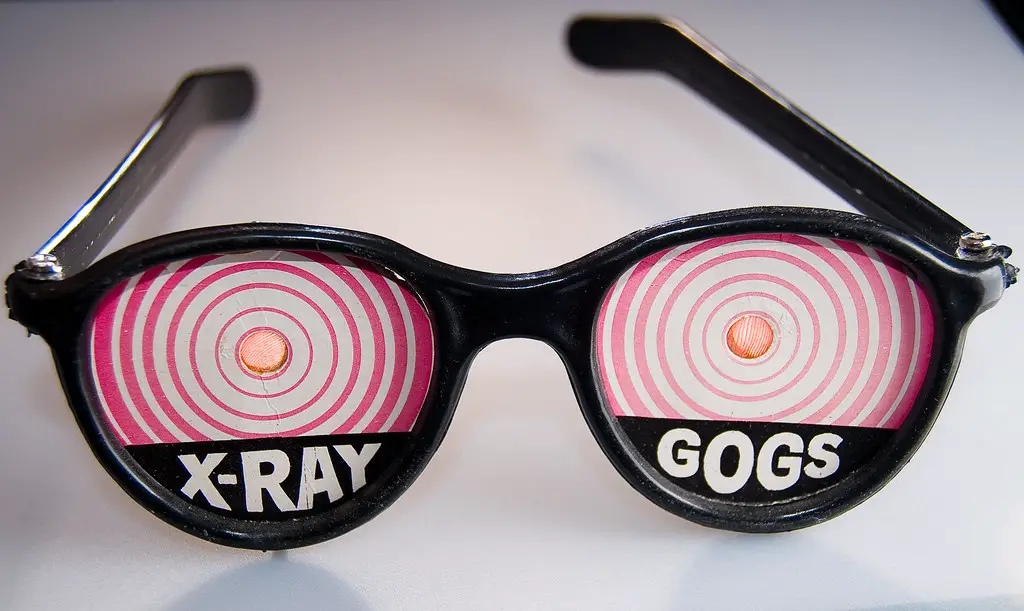
Back in the day, advertisements for “X-ray glasses” were a common sight in children’s catalogs. These were marketed as a fun way to see through walls or even people’s clothing—at least that’s what the colorful ads promised. The glasses were sold for just a few dollars, and kids were eager to try them out, imagining they’d be able to peek into hidden treasures or secret rooms. The ads showed the glasses with a mysterious, glowing effect, fueling the imagination of young buyers.
In reality, these so-called X-ray glasses were nothing more than a pair of novelty lenses with a few weirdly designed filters. When you wore them, you could see through nothing more than a blurry mess. But, despite their obvious lack of functionality, these glasses remained a favorite item in catalogs for years, with kids still hoping they’d unlock some magical ability to see through solid objects.
2. Sea Monkeys
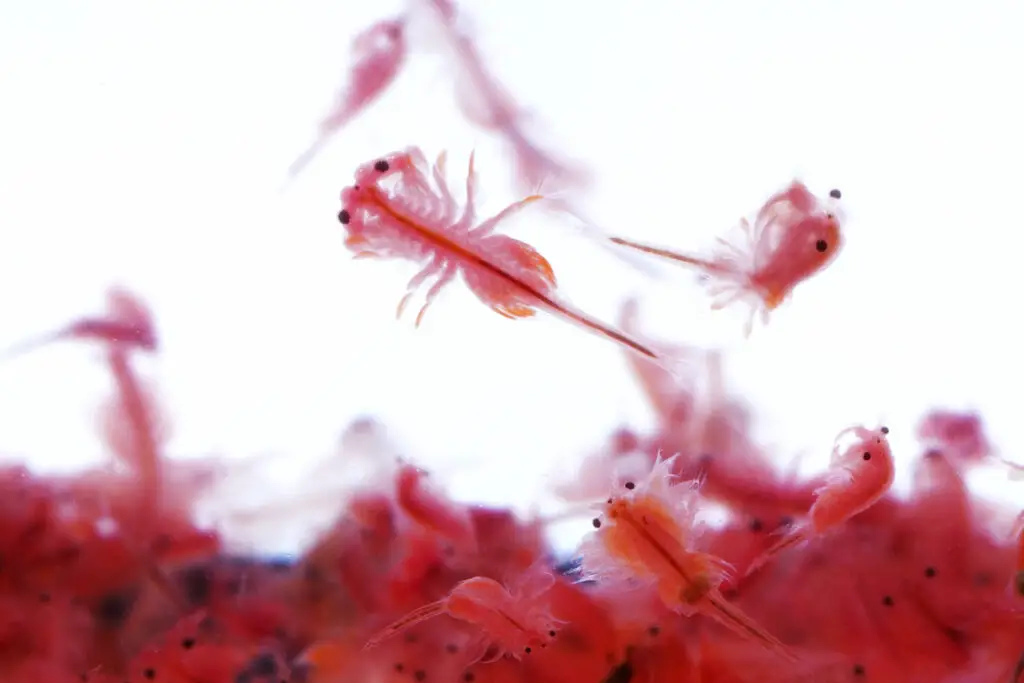
In the 1960s, Sea Monkeys were advertised as “instant pets” that you could hatch and watch grow in a little tank. These tiny creatures were marketed as tiny, playful beings that could live and thrive in your very own home, entertaining you with their antics. The advertisements, complete with illustrations of what appeared to be adorable, little humanoid creatures, promised endless hours of fun. It seemed like magic—just add water, and you had a fascinating new pet.
The reality was far less exciting. Sea Monkeys were actually a type of brine shrimp, and the “instant pets” were no more than tiny, microscopic organisms that didn’t resemble their illustrated counterparts at all. While they did grow and move around in the water, their appeal quickly faded when kids realized they weren’t the interactive creatures the ads promised.
3. The Creepy Crawlers Maker
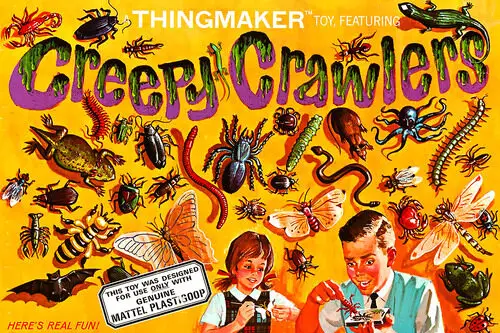
The Creepy Crawlers Maker was an easy-bake oven on steroids, allowing kids to create rubbery, insect-like creatures at home. Sold as a “fun” way to make your own toys, it included metal molds shaped like bugs, spiders, and other creepy creatures. Kids could pour in a gooey substance that would bake in a hot machine, hardening into little plastic versions of whatever they’d designed.
What made this toy bizarre, beyond the fact that kids were encouraged to make bug replicas, was the smell. The goo was made from a mixture of chemicals, and the entire process of cooking your own creepy crawlers was not exactly the safest or most pleasant activity. Still, the thrill of having custom-made, wiggly toys made it a favorite among the more adventurous kids—despite the smell and the occasional minor burns.
4. Anti-Gravity Shoes

Advertised as a “revolutionary way to defy gravity,” the anti-gravity shoes in old catalogs were supposed to allow children to jump higher and run faster, seemingly defying the laws of physics. With a slick, futuristic design and flashy packaging, the shoes promised kids the ability to soar above the ground with ease. The concept alone was enough to send kids scrambling for their parents’ wallets.
However, the reality was much more disappointing. The shoes didn’t feature any sort of anti-gravity mechanism. Instead, they were simply equipped with thick soles that made it feel like you were walking on a cushion. While they might have offered a bit of extra bounce, they certainly didn’t let kids float or leap into the air as promised.
5. The Invisible Ink Pen

Who didn’t want to create secret messages that could only be revealed by special “invisible ink”? Advertised in numerous kids’ catalogs, the invisible ink pen promised to unlock a world of secret codes, hidden messages, and mysterious adventures. The pen came with a special ink that would dry clear, making writing appear to vanish from paper. All you needed was the “special” light or eraser to reveal the hidden writing.
The catch? The ink wasn’t invisible; it was just clear, meaning it was hard to see in normal lighting. And while the “special” light that revealed the messages was often just a cheap UV light, it was often ineffective. Kids were left feeling disappointed, as the ink rarely worked as expected, making it far more trouble than it was worth.
6. The Pet Rock
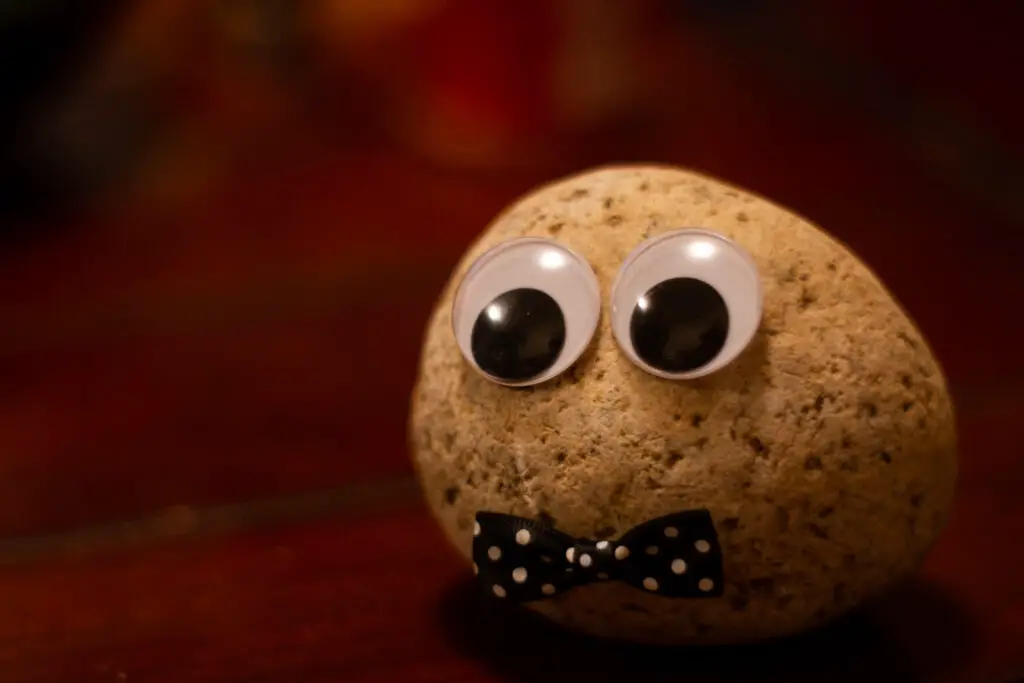
One of the most bizarre items ever advertised to children, the Pet Rock took the concept of having a pet to an absurd extreme. Packaged in a cardboard box with breathing holes, the rock was promoted as the ideal “low-maintenance pet” that would never need feeding, grooming, or walking. It was supposed to be a fun, quirky pet for the modern child who didn’t have the time or energy for a real animal.
While it may sound like a joke, the Pet Rock was a cultural phenomenon in the 1970s, becoming a huge fad for a brief period. Children weren’t exactly thrilled by their new “pet,” as the rock didn’t do much beyond sitting in its box. Still, the novelty of having an inanimate pet caught on, making it a bizarre but memorable addition to childhood catalogs.
7. The Robot Pet
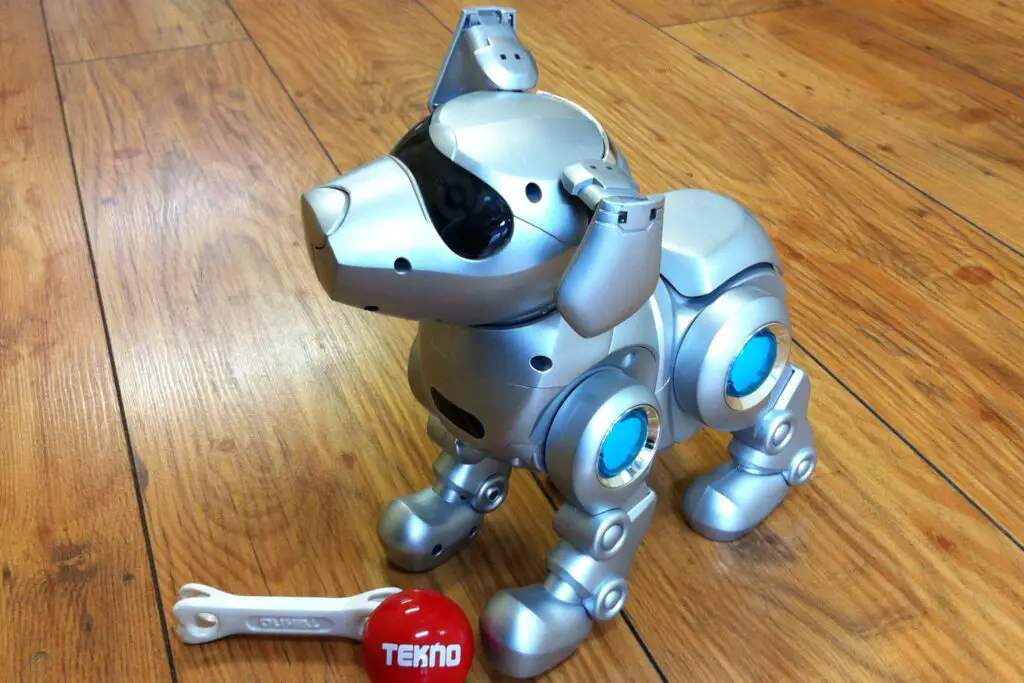
In the 1980s, a new line of robotic pets was advertised in catalogs as the next big thing in entertainment. These electronic creatures, which looked like a mix between a toy and a pet, were supposed to mimic real animals, following commands, making noises, and moving around. They were marketed as the future of pets—no food, no mess, just pure mechanical companionship.
But while these robots were impressive for their time, they were also notoriously glitchy and often malfunctioned. The pets would either stop moving mid-action or respond unpredictably, making them more frustrating than fun. Despite the broken promises of a futuristic pet, kids couldn’t resist the allure of a robotic companion, no matter how faulty it turned out to be.
